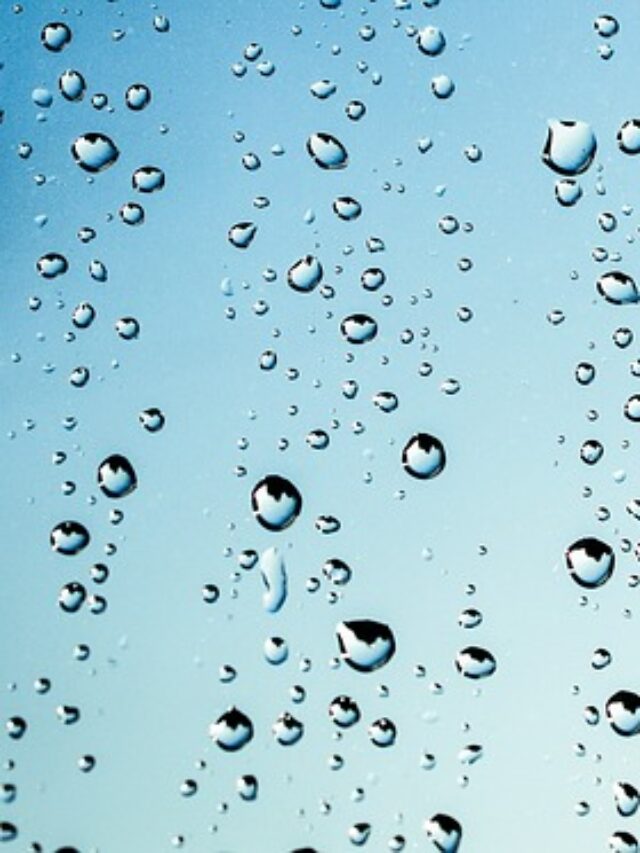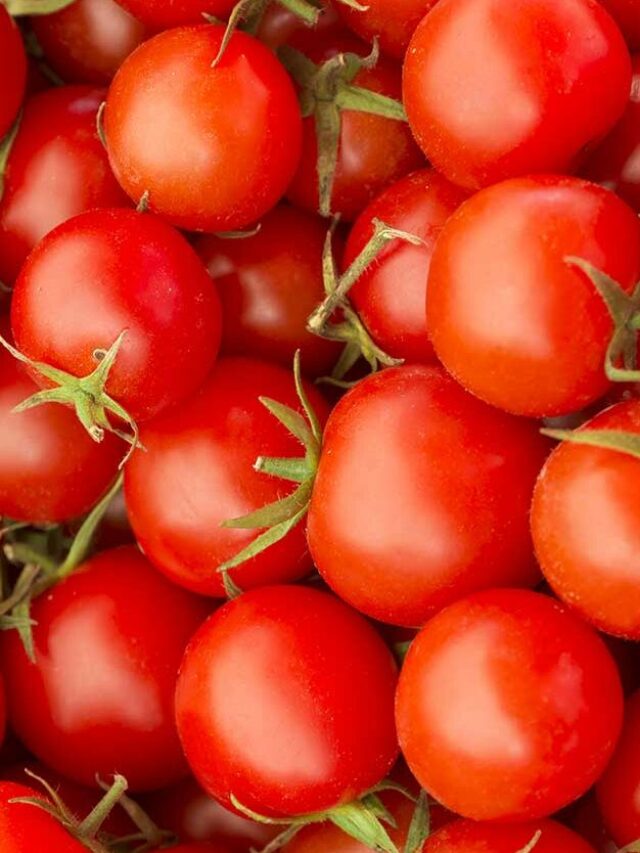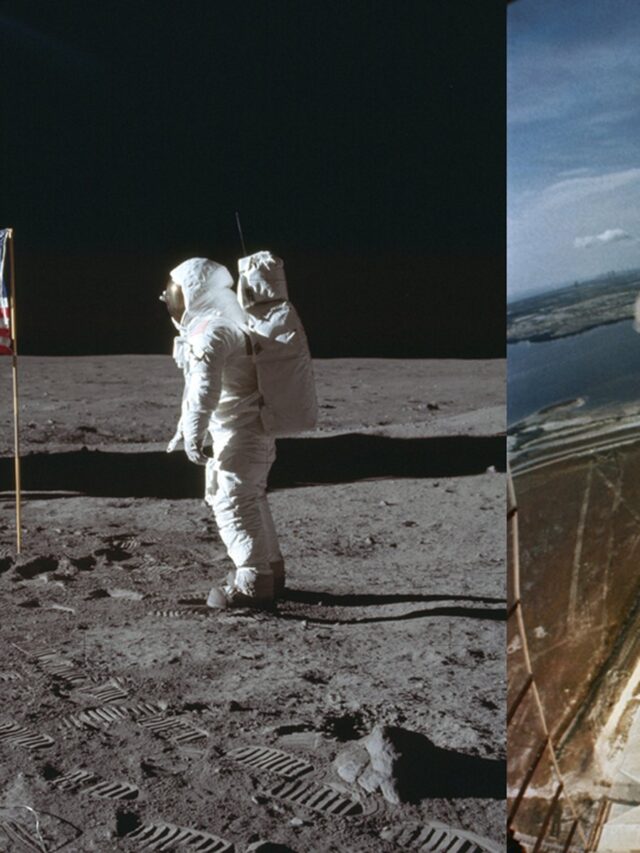A continuous supply of LPG (liquefied petroleum gas) is essential to many households and businesses. Not only does it provide a clean, efficient source of energy for heating and cooking, but it can also help reduce greenhouse gas emissions. It is, therefore, essential to ensure that your LPG supply remains uninterrupted at all times.
In this article, we will discuss how you can calculate your gas consumption to ensure you never run out by taking some simple precautions in advance. Before that, let’s understand why having an adequate quantity on hand is essential and ensure that your bottle supply continues throughout the year.
Having an uninterrupted supply of LPG gas for home is vital for various reasons. First, it ensures that households and businesses have access to clean, efficient energy for heating and cooking. This also helps reduce greenhouse gas emissions, which are harmful to the environment.
Furthermore, an uninterrupted supply of LPG bottles also improves safety and reduces the risk of fires. This is because it prevents households or businesses from running out of gas and purchasing bottles from unlicensed suppliers, which may be unsafe.
Finally, having an uninterrupted supply also helps reduce costs, as purchasing a larger quantity at once can often result in discounted prices. It also helps avoid additional delivery costs for multiple purchases over time.
Now that we know why having a regular supply of LPG is essential let’s understand how to compute your consumption so you can prevent running out of it in the middle of your shower while cooking your dinner.
How do you calculate LPG consumption?
1. Gas Meter Reading
The most accurate way to calculate LPG consumption is by reading your gas meter. Most gas meters display the total usage in cubic meters or cubic feet. Take a reading at the start and end of a specific period, subtract the initial reading from the final reading, and convert it into kilograms or litres using the conversion factor provided by your gas supplier.
2. Weight Measurement
If you have access to a weighing scale, you can calculate your LPG consumption by measuring the weight of the gas cylinder before and after usage. Subtract the initial weight from the final weight to determine the amount of LPG consumed.
3. Cylinder Capacity
Each LPG cylinder has a specified capacity in kilograms or litres. By referring to the capacity mentioned on the cylinder, you can estimate your consumption based on how many cylinders you use during a given period.
4. Burner Rating
Gas appliances such as stoves and heaters have a specified burner rating, usually measured in kilowatts (kW) or British thermal units per hour (BTU/h). By noting down the burner rating and the duration of usage, you can estimate the LPG consumption using conversion factors provided by your gas supplier.
5. Appliance Usage Time
Keeping track of your time using each gas appliance is another way to calculate consumption. Multiply the average hourly consumption rate of the appliance (mentioned in the manufacturer’s specifications) by the total hours of usage to determine the amount of LPG consumed.
6. Flame Size and Intensity
Observe the size and intensity of the flame on your gas appliance. Generally, larger and more intense flames indicate higher gas consumption. You can estimate relative consumption rates by monitoring the flame characteristics during usage.
7. Temperature Rise
If you’re using an LPG water heater, measuring the temperature rise can help calculate consumption. Determine the temperature of the incoming water and measure the outlet temperature. You can estimate LPG consumption by multiplying the volume of water used (in litres) by its specific heat capacity and the temperature rise.
8. Gas Appliance Efficiency
Gas appliances differ in efficiency levels. Check the energy efficiency rating of your appliance and multiply the consumed LPG by the reciprocal of the efficiency percentage to obtain the actual consumption.
9. Gas Regulator
Some modern LPG cylinders have built-in gas flow regulators that monitor consumption. These regulators provide usage statistics in real-time or can be accessed through mobile apps or smart devices, allowing you to track consumption more accurately.
10. Historical Data Analysis
By maintaining a record of your LPG usage over time and comparing it with external factors such as weather conditions, cooking frequency, or heating requirements, you can identify consumption patterns and make informed estimates for the future.
11. Gas Consumption Calculator
Various online calculators and mobile apps are specifically designed to calculate LPG consumption. These tools often consider factors such as appliance type, usage time, and burner rating to provide accurate estimates.
12. Appliance Usage Monitoring
Some advanced energy monitoring systems can track the energy consumption of individual appliances, including gas-powered ones. Connecting these systems to your gas appliances lets you obtain real-time and historical data on LPG usage.
Calculating your LPG consumption is practical and can help you manage your energy usage and budget effectively. Using various methods, from reading your gas meter to analysing historical data, you can gain insights into your consumption patterns and make informed decisions about energy usage.
If you are looking for a reliable provider of 45-kg gas bottles in Brisbane, contact Plus Gas so you can be sure you get continued to supply all throughout!
Visit Here: Webku.in
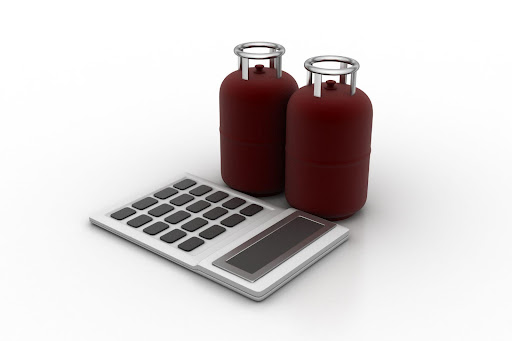



![[pii_email_e1aa8f4deb45ecd93b2a]](https://www.webku.in/wp-content/uploads/2020/10/pii_email_e1aa8f4deb45ecd93b2a.png)
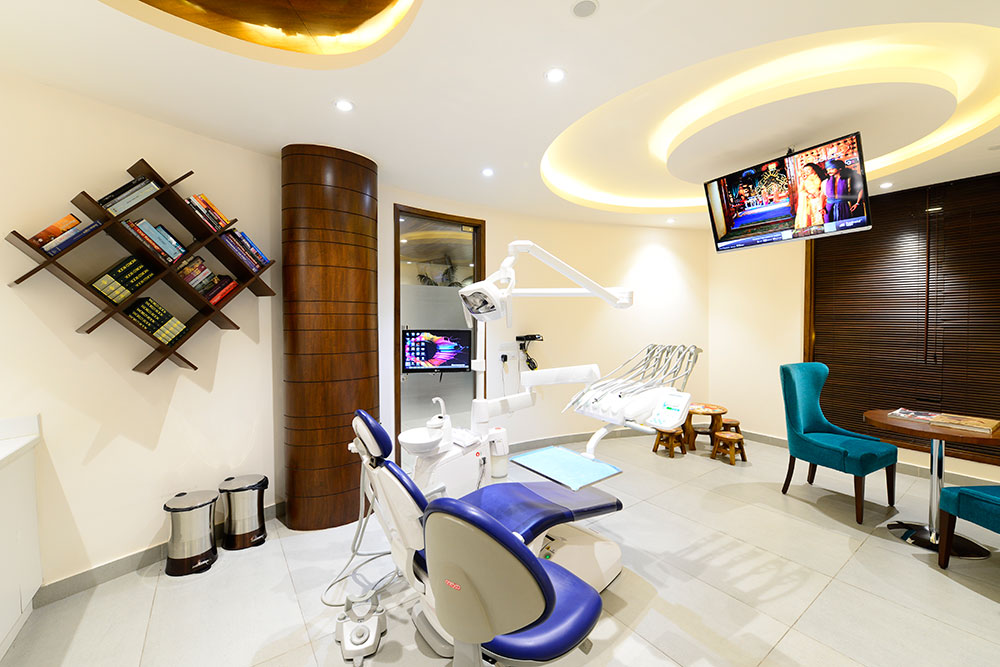

![[pii_email_066f1e5f1e4576b47760]](https://www.webku.in/wp-content/uploads/2020/10/pii_email_066f1e5f1e4576b47760.png)



